Harnessing Plants to Mitigate Pollution: 6 Effective Methods
Written on
Understanding the Role of Plants in Pollution Remediation
Pollution has emerged as a critical issue in the 21st century, posing significant health risks not only to the environment but also to living beings, including humans. Rapid urbanization, industrial activity, excessive mining, and the overuse of agricultural chemicals—such as pesticides and fertilizers—are major contributors to this problem. These pollutants are particularly hazardous as they are toxic, persist in the environment, and do not readily degrade.
Given their potential danger, restoring polluted environments has become increasingly vital. This process, often referred to as remediation, can be accomplished through various methods: physical, chemical, and biological approaches. However, while chemical and physical methods may offer immediate solutions, they are often costly and less sustainable in the long term. Biological methods, on the other hand, leverage natural processes and are more environmentally friendly, utilizing microorganisms or plants to absorb and eliminate pollutants.
Phytoremediation: Nature's Clean-Up Crew
The biological strategy of employing plants to extract harmful substances from soil and water is known as phytoremediation. The term originates from the Greek word “phyto,” meaning plants, and the Latin word “remedium,” which translates to healing. This method offers several advantages:
- It is a natural and environmentally friendly process.
- Remediation can occur directly at the contaminated site, eliminating the need to transport polluted soil or water.
- Operational and labor costs are generally lower compared to physical and chemical methods.
- Minimal equipment is required, making it a cost-effective solution.
- Certain pollutants can be harvested from plants for beneficial uses.
- It is widely accepted by the public due to its natural appearance and efficacy.
- Additionally, it can help address other environmental issues, such as soil erosion.
The effectiveness of phytoremediation largely hinges on selecting suitable plant species that can thrive in contaminated environments. When the right plants are identified, they can effectively remove a variety of pollutants, including petroleum, agricultural chemicals, radioactive materials, explosives, and heavy metals.
The Six Techniques of Phytoremediation
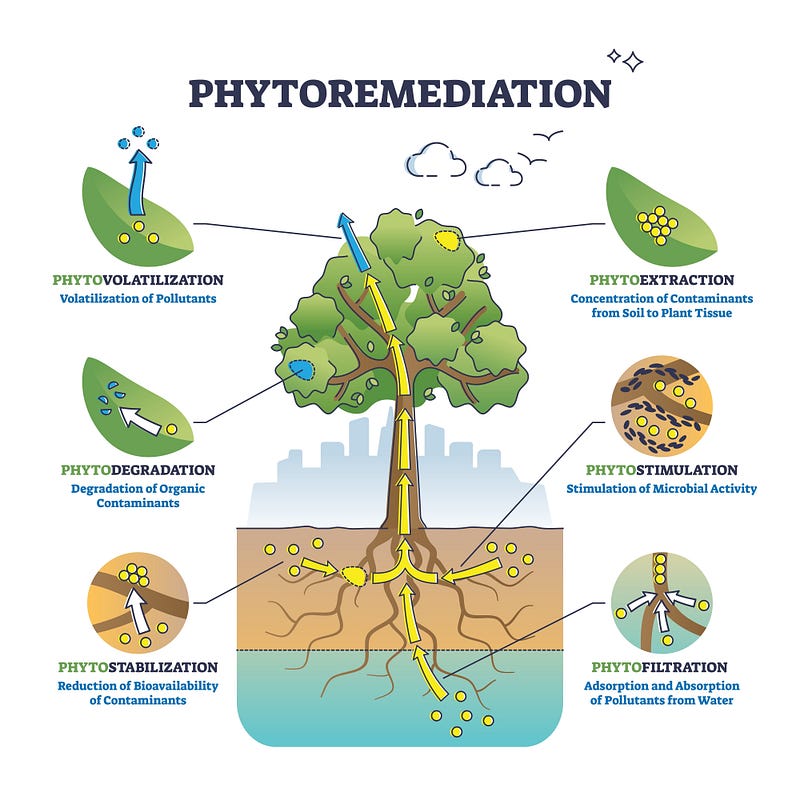
Phytovolatilization
Plants utilize phytovolatilization to absorb pollutants through their roots and convert them into non-toxic compounds. These compounds are then released into the atmosphere via stomata—tiny openings in leaves that facilitate gas exchange. For instance, Indian mustard plants can effectively extract selenium from the soil.
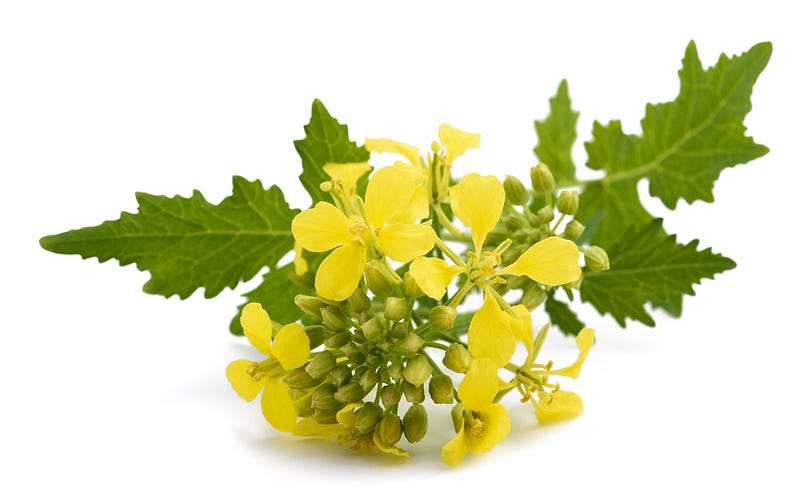
Phytodegradation
Also referred to as phytotransformation, this technique involves plants capturing organic pollutants and converting them into harmless substances within their cells using enzymes. This process is powered by sunlight. For example, poplar trees can eliminate various contaminants, including pesticides and chlorinated solvents.
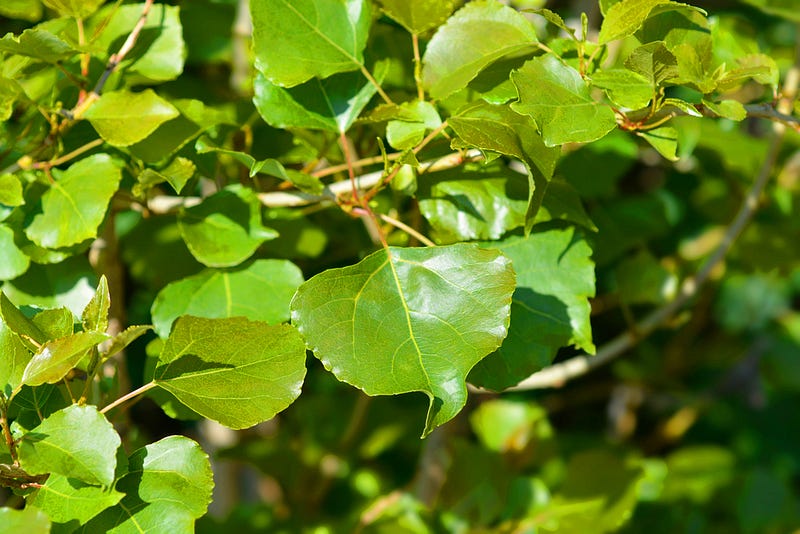
Phytostabilization
In this method, plants prevent the spread of pollutants rather than completely removing them, which is why it’s sometimes called phytoimmobilization. By excreting substances that make heavy metals insoluble, plants like buckwheat help ensure that contaminants remain in place and do not leach into groundwater.
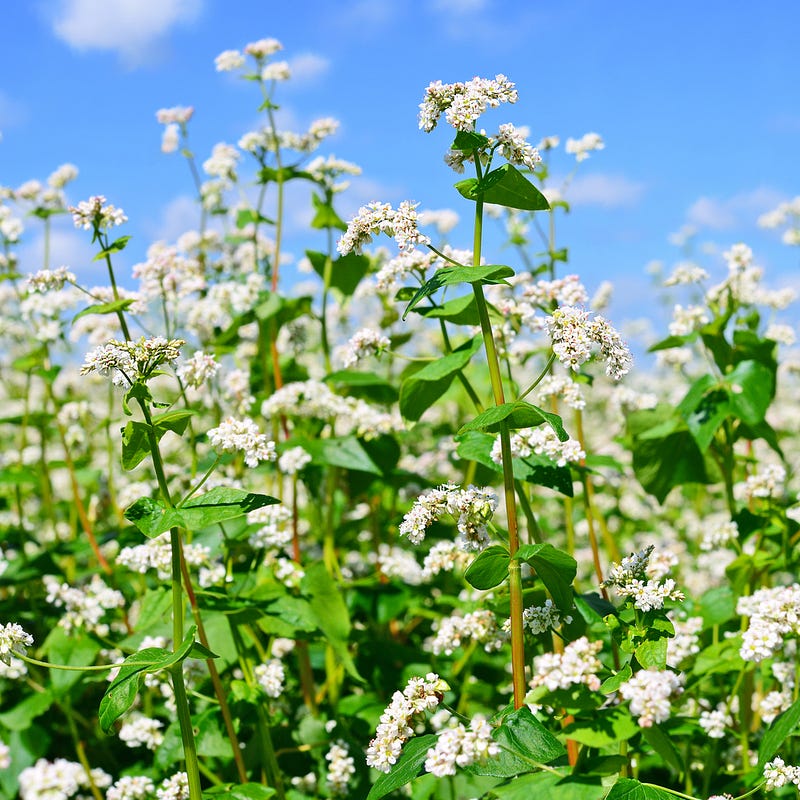
Phytoextraction
Phytoextraction involves plants absorbing pollutants through their roots and accumulating them in their tissues. This method can be particularly effective for metals and salts. Hemp plants, for instance, are known to extract heavy metals like cadmium.
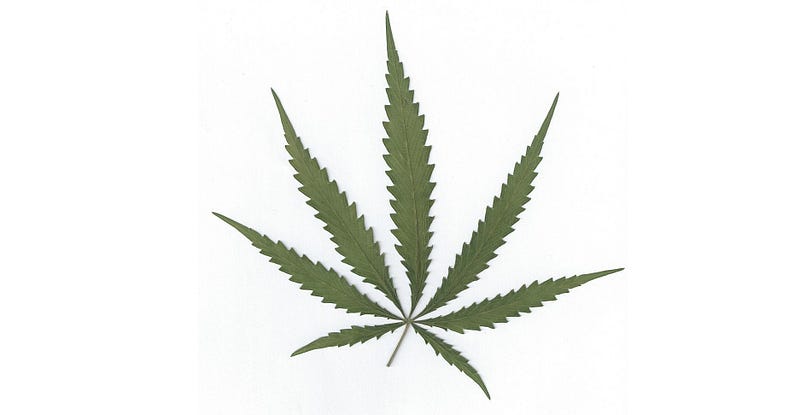
Phytostimulation
This technique enhances the decomposition of pollutants through the action of microorganisms in the soil surrounding plant roots. Often called rhizodegradation, this collaboration between plants and soil microbes effectively breaks down harmful substances. Pigeon pea plants are notable for their ability to mitigate petroleum pollution.
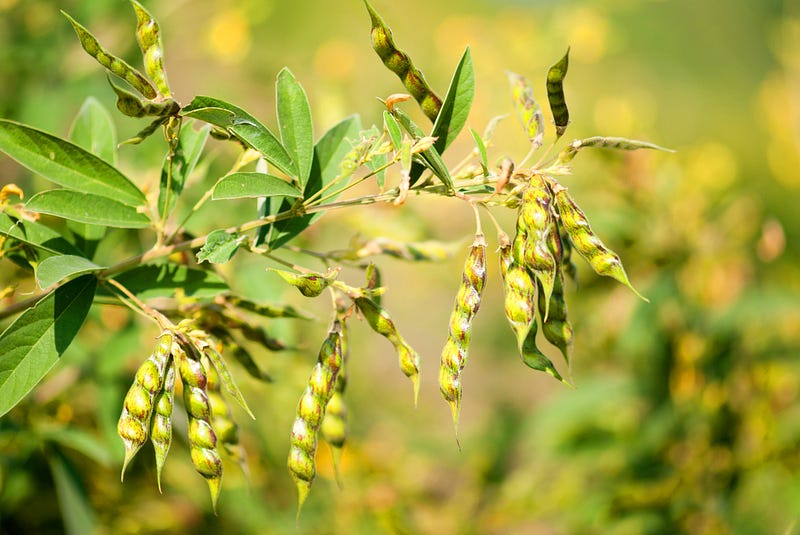
Phytofiltration
Also known as rhizofiltration, this method allows plants to absorb contaminants through their roots. Metals like copper and nickel, along with radioactive substances, can be filtered from the soil due to changes in soil acidity and root secretions. Sunflowers are particularly effective at removing radioactive pollutants.

Conclusion
In summary, plants employ six distinct biological techniques to cleanse soil and water from pollutants: 1) releasing absorbed pollutants into the air, 2) converting pollutants into harmless substances, 3) containing pollutants in place, 4) storing pollutants within their tissues, 5) utilizing microorganisms to decompose pollutants, and 6) absorbing pollutants through their roots.
Taking Action Against Pollution
To contribute to pollution reduction, consider these practical steps:
- Grow plants in your garden known for their pollutant-removing capabilities.
- Participate in citizen science projects focused on soil pollution remediation.
- Address oil leaks in vehicles promptly to prevent environmental damage.
- Dispose of toxic waste responsibly at designated facilities instead of conventional trash bins.
Do you have additional ideas for combating pollution? We welcome your suggestions in the comments for collective inspiration.
Related Articles
- How Microorganisms Remove Pollutants from Soil and Water
Discover innovative techniques to grow plants in water and learn how to cultivate without soil or mess.
Explore ten transformative tips for enhancing your plant care and maximizing their growth potential.
Credits
This article draws on research by:
- Ali, S. et al. (2020). Application of floating aquatic plants in phytoremediation of heavy metals polluted water: a review. Sustainability, 12(5), 1927.
- Asante-Badu, B., et al. (2020). Phytoremediation of organic and inorganic compounds in various environments: A review. Applied Ecology and Environmental Research, 18(5), 6875–6904.
- Solomou, A. D. et al. (2022). Utilizing Mediterranean Plants to Remove Contaminants from Soil. Agriculture, 12(2), 238.